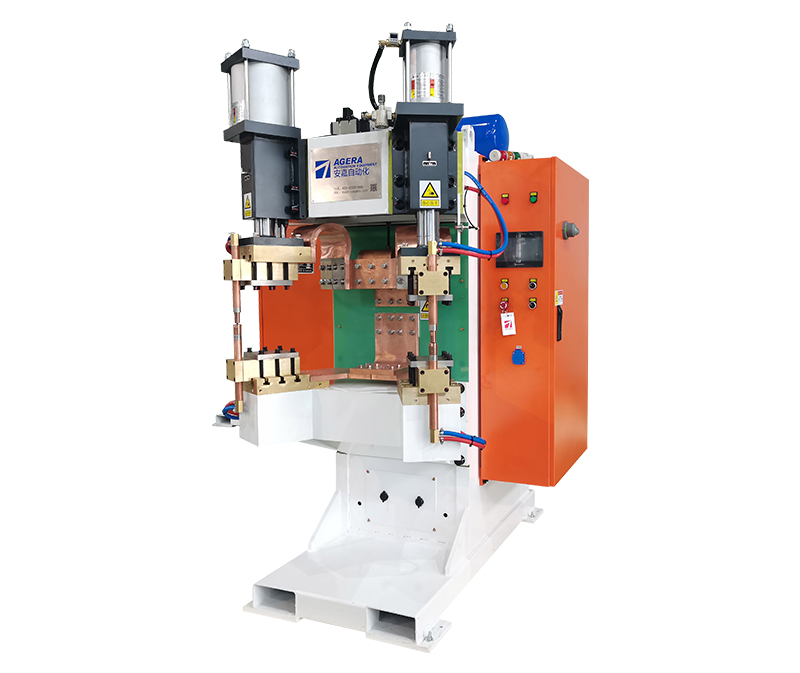Nut spot welding is a crucial process in various manufacturing industries, especially in automotive and construction. However, one common issue that often arises during this process is the nuts not threading properly after welding. This can lead to time-consuming and costly rework. To avoid this problem, it’s essential to understand the four key factors that contribute to preventing nut backspin in nut spot welding machines.
- Welding Temperature Control: Proper temperature control is vital during the welding process. Excessive heat can cause the threads to deform, making it difficult for the nut to turn smoothly after welding. On the other hand, insufficient heat might not create a strong enough bond between the nut and the workpiece. Maintaining precise temperature control using advanced welding equipment is crucial for achieving optimal results.
- Welding Time: The duration of the welding process is another crucial factor. If the nut is exposed to heat for too long, it can lead to excessive deformation, causing threading issues. Conversely, a very short welding time might not create a secure connection between the nut and the workpiece. Finding the right balance in welding time is essential to prevent nut backspin.
- Welding Pressure: The pressure applied during the welding process plays a significant role. Inadequate pressure can result in an incomplete weld, leading to nut backspin. Conversely, excessive pressure can deform the threads, making them difficult to engage. Precise control of the welding pressure is necessary to achieve a perfect weld without compromising the integrity of the nut.
- Material Compatibility: Using compatible materials is vital in preventing nut backspin. Mismatched materials can lead to different rates of thermal expansion, causing warping and thread misalignment. It’s crucial to ensure that the materials of the nut and workpiece are compatible to minimize the risk of threading issues.
In conclusion, preventing nut backspin in nut spot welding machines involves meticulous control of welding temperature, time, and pressure, as well as ensuring material compatibility. Manufacturers need to invest in high-quality welding equipment and provide proper training to their operators to achieve consistent and reliable results. By addressing these four key factors, the likelihood of nuts not threading properly after welding can be significantly reduced, leading to improved product quality and efficiency in the manufacturing process.
Post time: Oct-24-2023








